The earlier patient notes from Stannington Sanatorium were bound together in what were known as ‘Discharge Books’. We had 15 of these large volumes and took the decision to have them unbound and to keep them stored as individual sets of notes instead. They still remain in their original order but thanks to the work of the conservators at Durham Record Office are now much more accessible and neatly stored in their own custom-made boxes. The conservators have very kindly given us a step-by-step account of the work they carried out on these records:
During their time at the sanatorium each patient had annotated medical notes charting their progress. These came in a standard format; a bifolio (a sheet of paper folded in half to make two leaves), often with additional sheets or photographs attached. After the patients had been discharged these bifolios were bound together into volumes. Whilst keeping the notes safe, the bindings were very tight, meaning it was difficult to read text written in the fold or ‘gutter’. Furthermore, small pieces of paper that were adhered to the notes were often trapped within the gutter, unable to be lifted and thus obscuring text beneath them. (Figure 01)
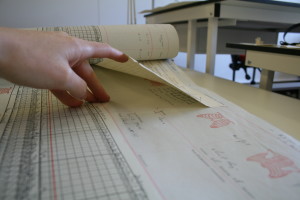
Whilst normally all care is taken to preserve bindings as part of an object’s historical context, the decision was made that the information that was inaccessible due to the binding structure was more important than the bindings themselves. As such, I and two Conservators at Durham County Record Office have been dis-binding the volumes.
Dis-binding begins with removing the boards and mechanically stripping as much leather from the spine as possible. The leather was adhered directly to the text-block paper with a thick animal glue. To remove the glue a poultice of sodium carboxymethyl cellulose was applied which gradually softens the animal glue without wetting the paper beneath. When the glue was sufficiently softened we gently scraped it away, exposing the sewing and paper beneath. (Figure 02)
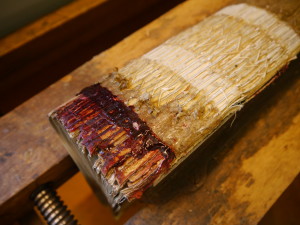
We were then able to cut the sewing and separate one bifolio at a time from the rest of the text-block. In doing so we were able to see the stab sewing the bookbinders had used, which was the reason it was impossible to open the book properly to access the text in the gutter. When each bifolio was detached, we removed any remaining animal glue from the fold. (Figures 03 & 04)
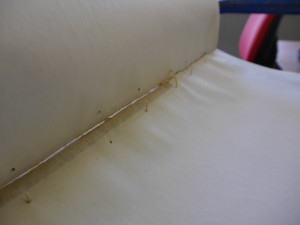
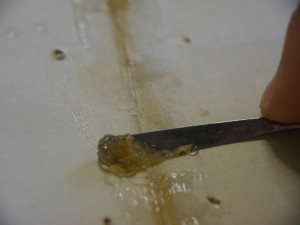
Patients who had spent many years in the sanatorium had additional sheets added to their notes. These were attached to their bifolios with a linen tape. Over time the adhesive of the tape has failed, becoming dry and grainy. Whilst this meant the tape carrier was very easy to remove, the adhesive remained on the paper and had to be manually scraped off each sheet. (Figures 05-07)
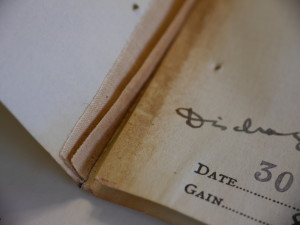
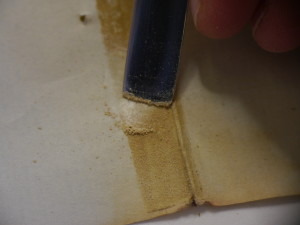
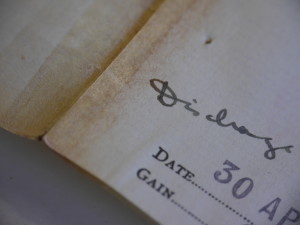
Whilst most of the paper is still in very good condition, the bifolios with many additional sheets were found to have split in the binding process as the paper could not stretch over the bulk of the inserts. Furthermore, the inserts often protruded further than the rest of the text-block and so had suffered damage along the edges. Some damaged bifolios had been ‘repaired’ with tape or paper, and often these repairs were failing. When collections are being digitised, it means the originals will be rarely accessed. As such conservators carry out minimal intervention, or repairs for ‘once-only’ handling. This means we only repair a tear or damage if text is obscured or if we think a tear might be caught and worsened in the digitisation process. We carried out these repairs with a thin but strong Japanese paper and wheat starch paste. (Figures 08 & 09)
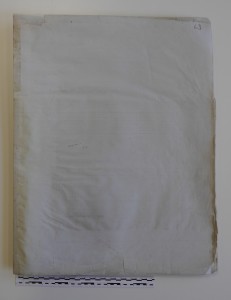

There were also a number of photographs within the medical notes, adhered with a similar linen tape. The adhesive was gently removed to prevent scratching the emulsion layer. Four-flap folders were made out of SilverSafe paper; an unbuffered paper specifically for storing photographs to prevent acidic decay and abrasion. (Figures 10-12)
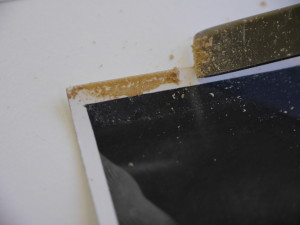
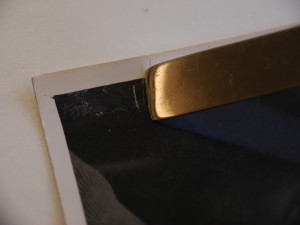
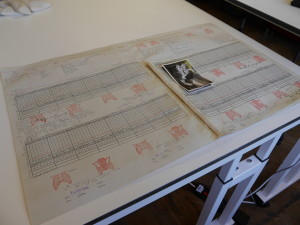
Bespoke clamshell boxes were made from acid-free archival card to house each volume, which are then ready to be digitised. (Figure 13)
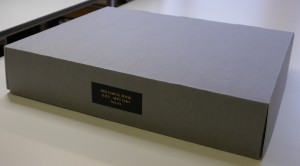
Jenny Halling Barnard, Lisa Handke, and Zoe Ross – Conservators at Durham County Record Office
